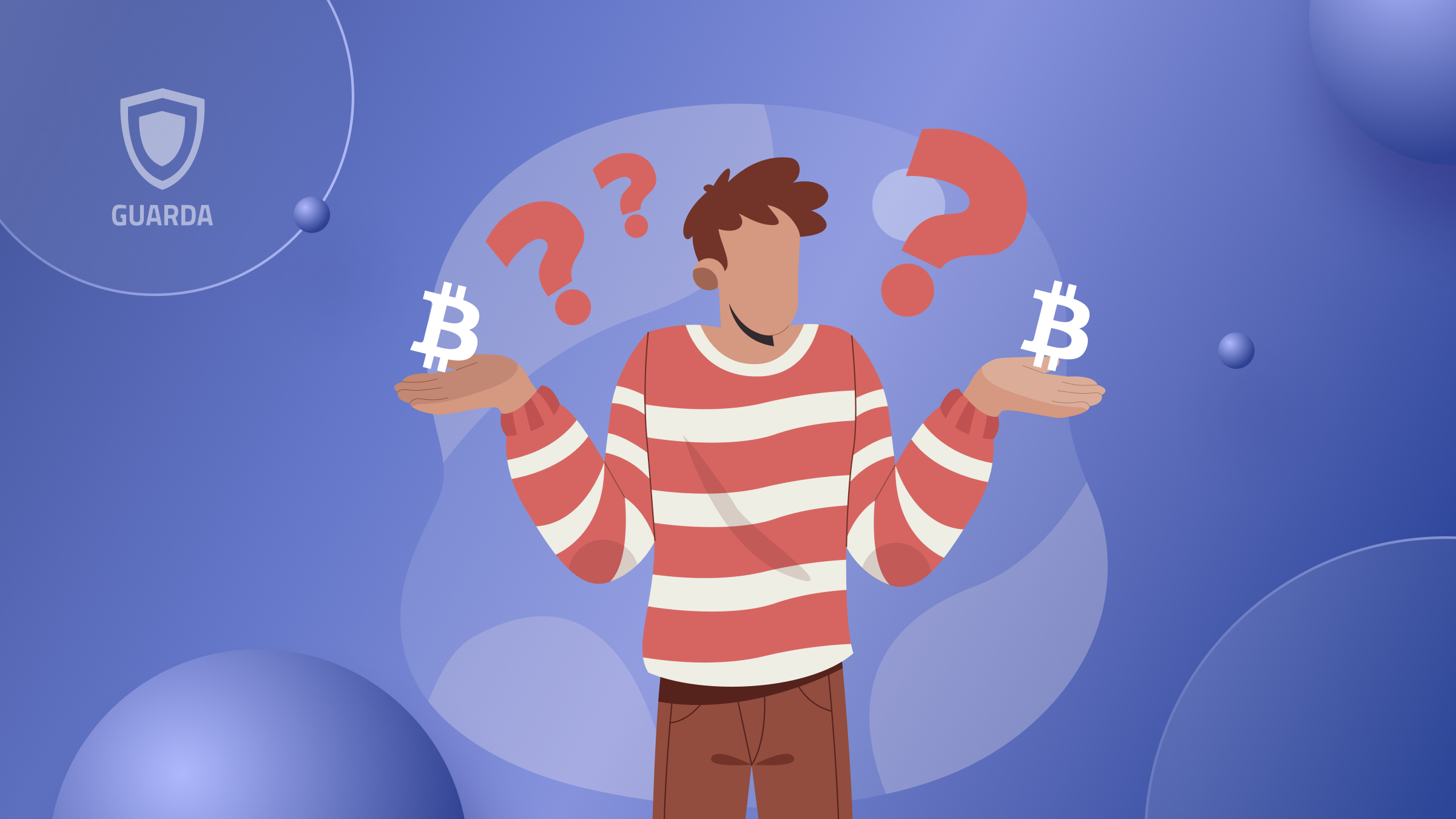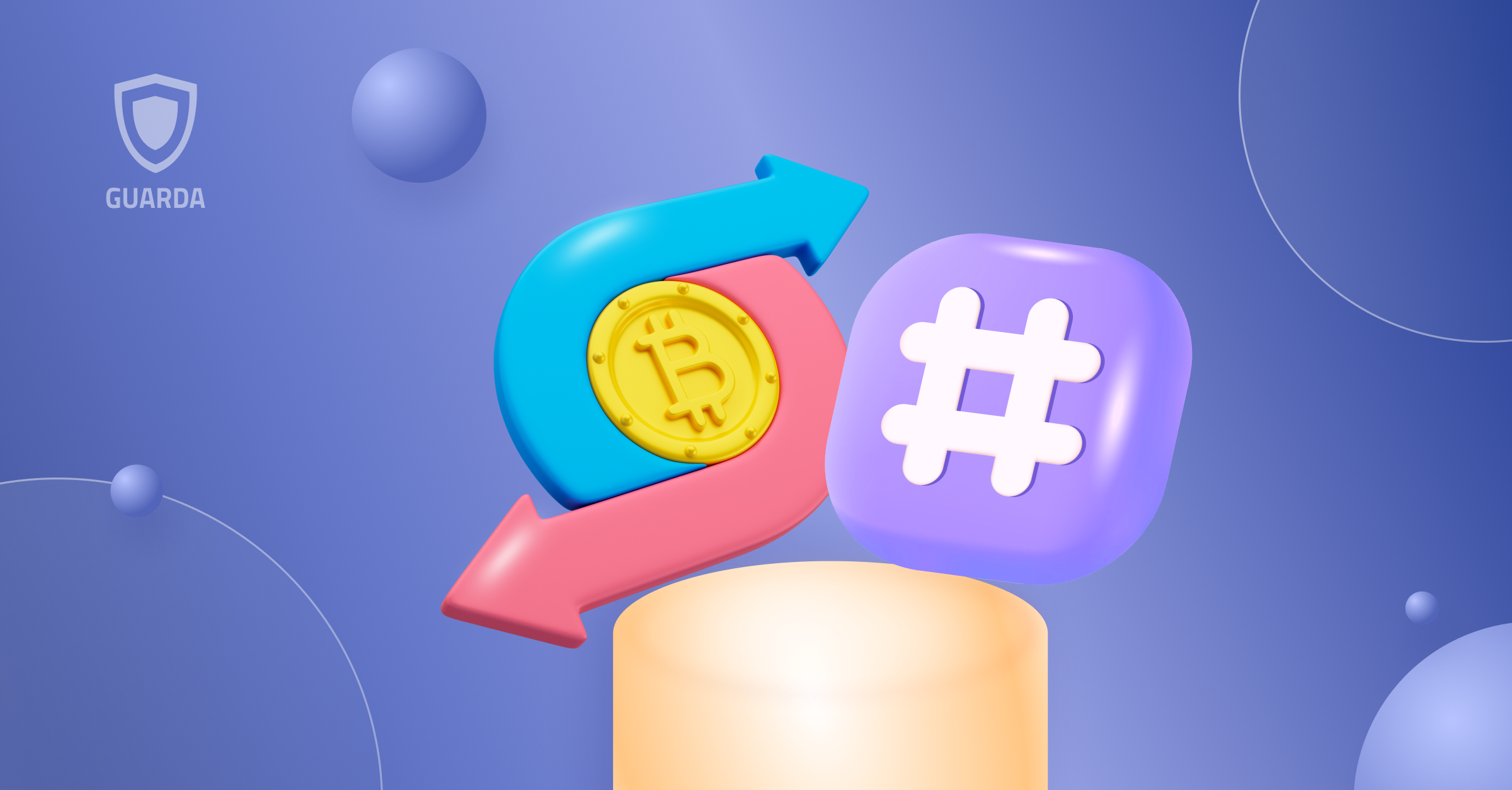Ethereum has been one of the most popular cryptocurrencies since its launch in 2015. The Ethereum network is a decentralized platform that runs smart contracts: applications that run exactly as programmed without any possibility of fraud or third-party interference.
In late 2020, the team behind Ethereum decided it was time for a major update to the Ethereum network. After months of working on it, the Ethereum Foundation has announced that the long-awaited Ethereum 2.0 (ETH) merge will finally take place between September 10-20. This much-anticipated upgrade will see the world’s second-largest cryptocurrency move from a proof-of-work (PoW) to a proof-of-stake (PoS) consensus algorithm.
Why Is the Merge Happening?
To securely add new transactions and other information, the Ethereum mainnet employs a mechanism known as proof-of-work. Proof-of-work requires using computers to solve complex computations before adding a new block. Many cryptocurrencies, including Bitcoin, use this approach, known as mining. Mining is safe, but it consumes a lot of energy.
ETH Merge and Mining
Following the Merge, Ethereum will move to the ‘proof-of-stake’ method. Proof-of-stake is a less energy-intensive solution. Instead of using so much energy on mining, investors can lock their cryptocurrency through a process known as staking. These investors, known as validators, are chosen randomly to validate new information submitted to a block. They will be rewarded in cryptocurrency, provided they confirm the information accurately.
What Will Happen to ETH After the Merge?
During the merge phase, the Ethereum mainnet (PoW Chain) and the Beacon Chain (PoS Chain) —which went live in December 2020— will be merged into a single network. The Beacon chain runs parallel to the Ethereum blockchain and is what will eventually replace it. As a result, Ethereum’s blocks will only be generated through the Beacon Chain, which employs a Proof of Stake consensus process when the present PoW Ethereum chain combines with the Beacon Chain.
What Does the Ethereum Merge Mean for Users?
The Ethereum merge is good news for users as it is expected to improve the network’s scalability and efficiency. Scalability has been a major issue for Ethereum, as the network has often been unable to cope with the large number of transactions that have been taking place on it. This has led to congestion.
In addition, the ETH merge is also expected to make Ethereum more efficient. This is because staking will require less energy than mining and will not result in the same level of network congestion.
The Merge and Staked ETH
After the merge, Users will not be able to withdraw the staked ETH holdings or access it for trade once it is locked until the Ethereum network completes the Shanghai Upgrade. The upgrade is expected to be completed around 6 to 12 months after the merge. So, your asset will be locked till 2023.
What Users Should Keep In Mind?
The Merge is an important step forward for the Ethereum network and the Web3 ecosystem. Ethereum owners should know that:
- Though there might be minor changes, Ethereum’s transaction speeds will largely stay the same.
- The Merge won’t reduce gas fees because it only changes the consensus mechanism, not the network capacity. Gas fees are a factor of network demand in relation to network capacity.
- Since the network will halt mining, the flow of new currencies will decline by around 90%.
- Sharding, which allows the network to process more transactions, is only possible after the network merges.
- A fork may occur if the transaction chain separates into two distinct chains.




